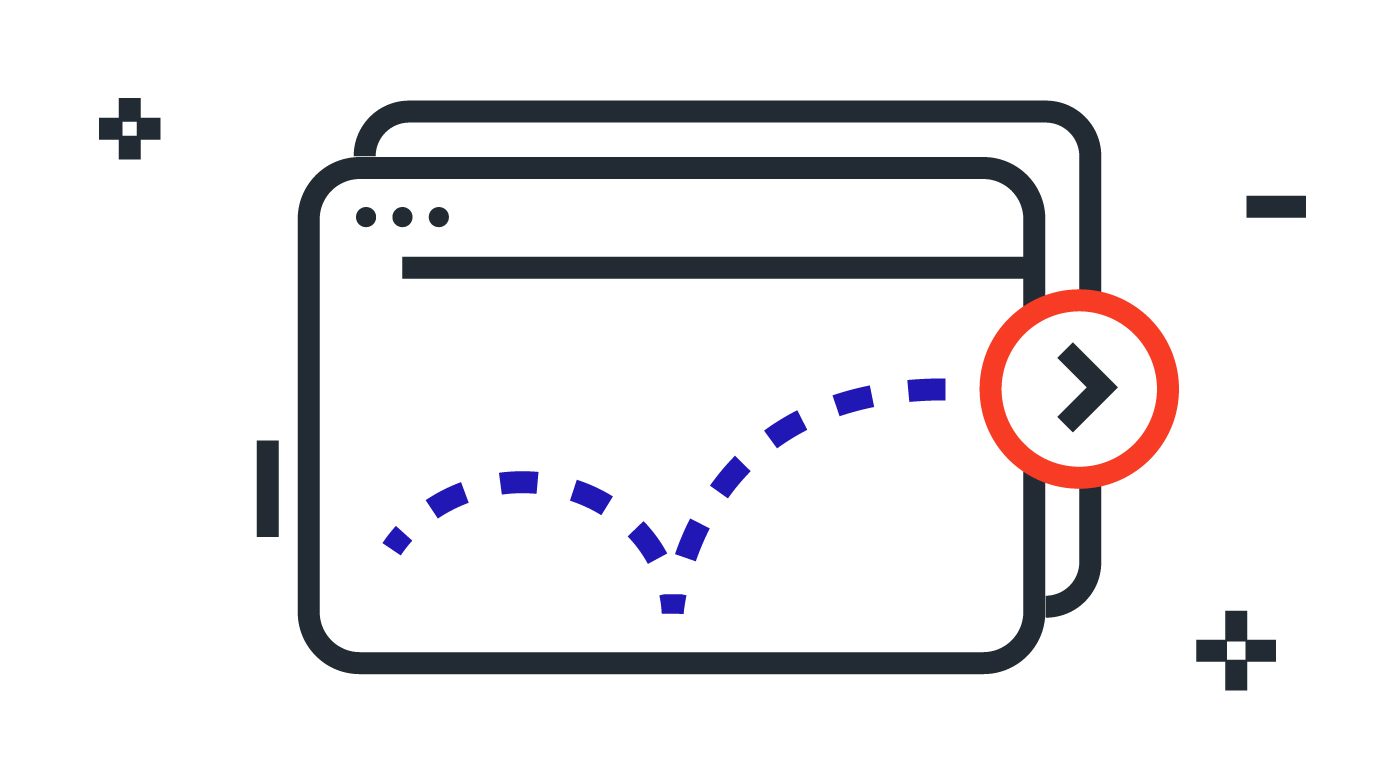In the world of email marketing, maintaining a high-quality email list is crucial for successful campaigns. One important aspect of email list management is verifying the validity of email addresses to ensure they won't bounce. As an expert in email marketing, I will guide you through the process of email address verification and help you understand the concept of bounce rates. In this comprehensive guide, we will explore the significance of email address verification, delve into the types of email bounces, and provide you with valuable insights to optimize your email campaigns and maintain a healthy sender reputation.
The Importance of Email Address Verification

Email address verification is a critical step in building and maintaining a quality email list. Here are a few reasons why email address verification is essential:
- Deliverability: Verifying email addresses helps ensure that your emails reach the intended recipients' inboxes. By removing invalid or non-existent email addresses, you can improve deliverability rates and increase the effectiveness of your email campaigns.
- Sender Reputation: Sending emails to a high number of invalid or inactive email addresses can harm your sender reputation. Internet service providers (ISPs) and email providers track bounce rates to assess the quality of your email list. Maintaining a low bounce rate is crucial for establishing and preserving a positive sender reputation.
- Cost Savings: Email marketing platforms often charge based on the number of subscribers or emails sent. Verifying email addresses before sending campaigns helps you avoid unnecessary costs associated with sending emails to invalid addresses.
- Engagement and Conversion: A clean and verified email list ensures that your messages reach engaged recipients. By targeting active and valid email addresses, you increase the likelihood of higher engagement and conversion rates.
Understanding Email Bounces

Email bounces occur when an email cannot be delivered to the intended recipient's inbox. There are two main types of email bounces:
- Soft Bounces: Soft bounces are temporary delivery failures that prevent an email from reaching the recipient's inbox. Common reasons for soft bounces include a full mailbox, a temporarily unavailable server, or a message size limit exceeded. Email marketing platforms usually attempt to resend soft bounced emails.
- Hard Bounces: Hard bounces are permanent delivery failures caused by non-existent or invalid email addresses. When an email hard bounces, it indicates that the recipient's email address is no longer active or does not exist. Hard bounces should be immediately removed from your email list to maintain list quality and sender reputation.
Strategies for Email Address Verification

To ensure the validity of email addresses in your list, consider implementing the following strategies:
- Double Opt-In: Use a double opt-in process where subscribers confirm their email addresses by clicking a verification link. This helps weed out invalid or mistyped email addresses and ensures that recipients genuinely want to receive your emails.
- Email Validation Services: Utilize email validation services like NeverBounce or Campaign Monitor's verification tool. These services can quickly check the validity of email addresses in bulk, helping you identify and remove invalid addresses.
- Regular List Cleaning: Regularly clean your email list by removing hard bounced and inactive email addresses. Set up automated processes to handle bounce management and remove addresses that consistently bounce.
- Engagement Tracking: Monitor the engagement levels of your subscribers. If an email address shows no activity over an extended period, consider sending a re-engagement campaign or removing it from your list.
Frequently Asked Questions
Q1: How does email address verification impact email deliverability?
A1: Email address verification plays a crucial role in email deliverability. By removing invalid or non-existent email addresses, you can improve the chances of your emails reaching the recipients' inboxes and avoid being flagged as spam.
Q2: How often should I verify my email list?
A2: It's recommended to verify your email list periodically, especially before major campaigns. Regular verification helps you maintain a healthy email list and ensures higher deliverability rates.
Q3: Can email address verification eliminate all bounces?
A3: While email address verification significantly reduces the chances of bounces, it cannot eliminate them entirely. Some bounces may still occur due to temporary issues on the recipient's end or other factors beyond your control.
Q4: How can I improve my sender reputation?
A4: Improving your sender reputation involves maintaining a low bounce rate, sending engaging content, avoiding spam complaints, and following email best practices. Regularly monitoring and managing your email list quality is key to building a positive sender reputation.
Q5: Are there any legal considerations when verifying email addresses?
A5: When verifying email addresses, it's crucial to comply with data protection and privacy laws. Ensure that you handle personal data securely, obtain proper consent, and adhere to relevant regulations, such as GDPR or CAN-SPAM Act.
Conclusion
Email address verification is a vital process for any email marketer aiming to maximize deliverability, maintain a healthy sender reputation, and optimize campaign performance. By implementing robust verification strategies and understanding the types of email bounces, you can ensure that your emails reach engaged recipients and achieve the desired results. Remember to regularly clean and update your email list, monitor bounce rates, and follow best practices to enhance your email marketing effectiveness. Start verifying your email addresses today and experience the benefits of a clean and validated email list.



